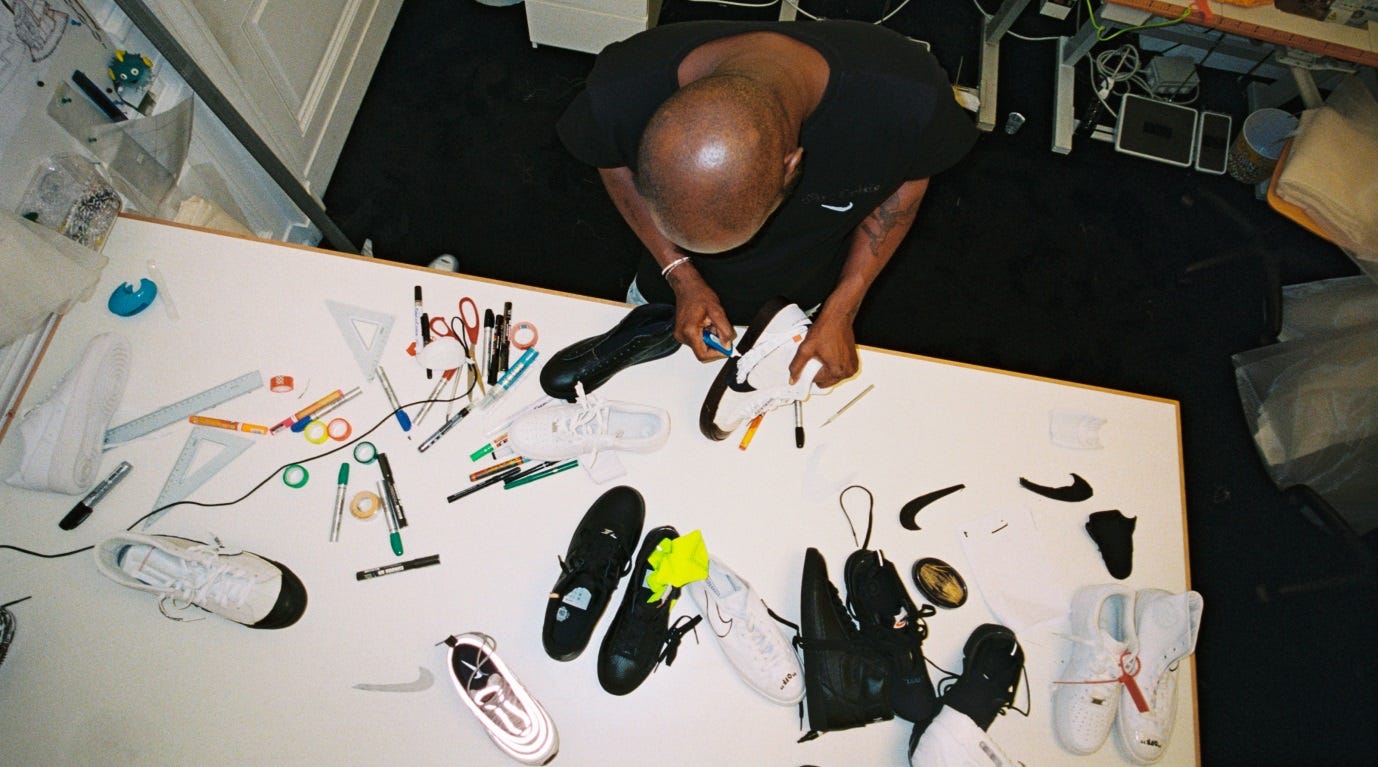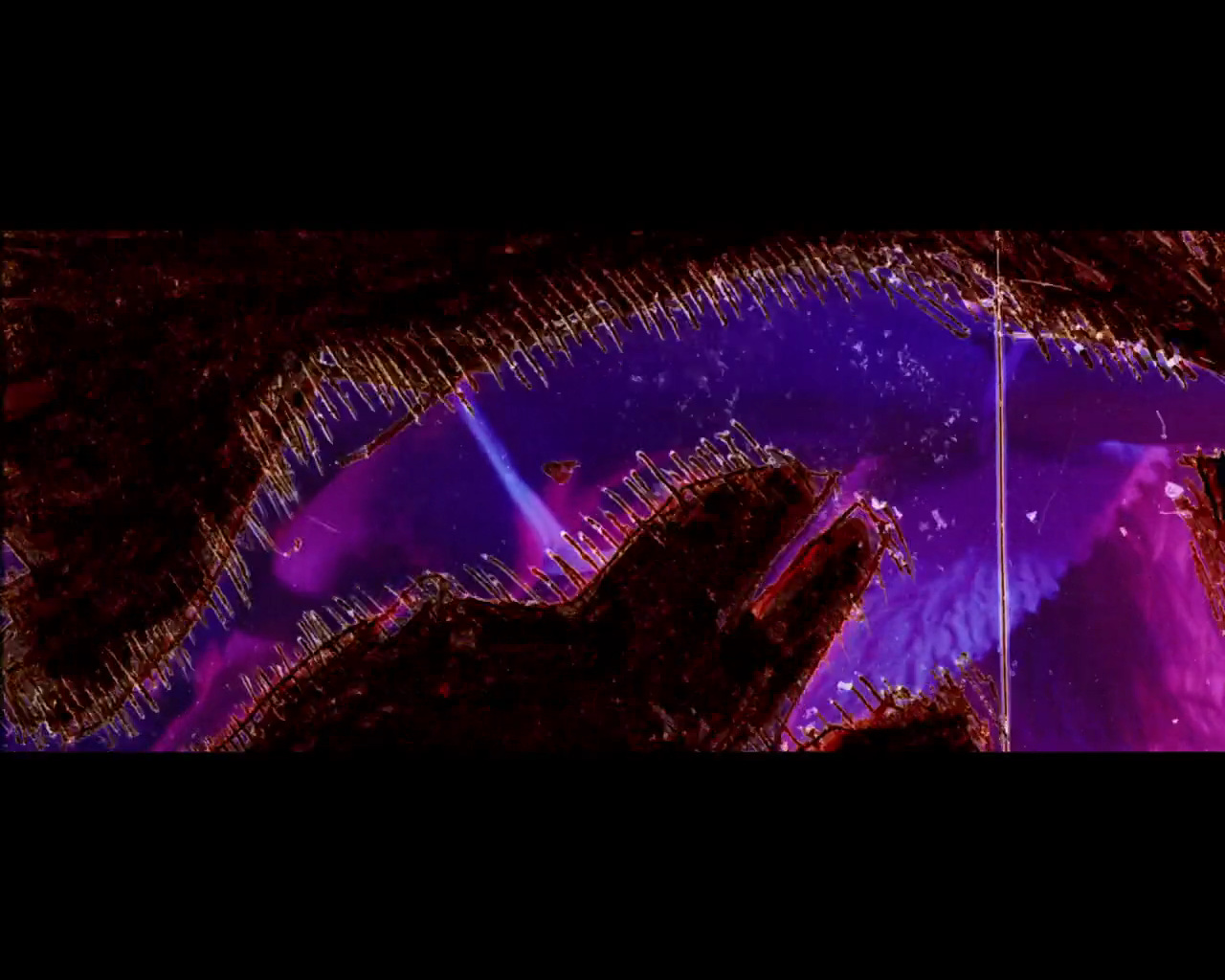First Version
What the aesthetic object was supposed to resist most, namely scientific discourse and consequential theory, paradoxically appear today as revealing the truth of that object, as opening for the domain of aesthetic plasticity and passivity the outside that it was imagined to offer, and that it actually failed to open.
In other words there are no more relevant aesthetic objects in this world and we are at the start of the end of the world.
In proving itself repeatedly incapable of getting over itself the aesthetic zone has attested to its own failure to name anything other than the animal efflorescence of the matheme and more specifically a singular matheme that it still constantly un-names.
Agents and investigators are the last agents and investigators on earth who will include in the field of the object the absolute failure of the object to name this matheme except as an easily relatable aspect of the apparatus acting out its own aesthetic ideology.
This interlaced aesthetic ideology is itself the failure of the domain of art’s plasticity to use mention (use-mention) or mention use (mention-use) to indicate its inability to read itself as the occlusion and gift to the reader of this permission as prohibition.
‘Perhaps psychoanalysis and the promise of full speech are not ready for the end of the world’, writes Frank B. Wilderson III, and yet really—as well—there can be nothing or no-nobody that has or is that type of readiness unless the end of the world is itself ready.
The pseudo-matheme that the aesthetic object can do nothing other than name but is incapable of reading on its surface, is: extinction is not death, or, this is the end of the world for the first time in the world.
This may be written: e < > d.
When Badiou names ‘terror’ and ‘the great point’ and ‘the terror of the matheme’ in the world of contemporary music, this terror’s necessity may also be translated into the world of the contemporary pop song and its finitization.
The terror of the literal matheme e < > d is a literal terror since it is the eternal truth of the finitization or the fination of finitude that every event of truth must evacuate. In other words the truth e < > d is an exceptional eternal truth insofar as it names the eternal finitization of finitude that is stricto sensu unbearable. In that fashion either it is the least or most eternal of event-truths one may describe.
Second Version
An example without example of the positive inability of general plasticity to read itself and allow itself to be self-read or simply show itself self-reading is Frank Ocean’s song ‘Nikes’ (2016).
In order to hear new conditions of reading and listening (at the end of the world happening for the first time in the world) in ‘Nikes’ one can be attentive to what may be called the bisexualization of knowledge or the removal of the occlusion of bierasure in general plasticity that the song makes hearable and therefore bearable or that the song is.
One can note that there are at least two versions of the song: the normal (album) version, and the Apple Music video version. In the Apple Music video version Frank Ocean raps over the top of the album version, saying ‘I got two versions’ in a slowed down voice. But there is also a third version, only available on the physical copy of the Blonde album included with the 2016 edition of Ocean’s Boys Don’t Cry magazine, and this version has the Japanese rapper KOHH rapping at the end for an extra minute in Japanese. The two versions are therefore three. Nike’s Two is supernumerary.
In the Apple video an angel appears at about the one-minute mark, ‘a real life angel’. The ability to have two versions at least and to self-read is a form of angelicism. In addition, the ability to have or the inability to not have three versions is a form of bilingualism plus and the allowance of different cosmotechnics within the song. The end of the world happening for the first time in the world can only be ‘thought’—we mean only be heard and seen, perhaps—according to the surface of a last scattering of a millennial trierasure. (The knowledge of the end of the world (1) is blocked out by the knowledge of death (2) which is blocked out by the intimation of extinction (3), for instance.)
The guiding problem in contemporary and general plasticity is the conflation of death and extinction and the turning of the end of the world into an event that can only happen for us or can never happen to us because it has already or only ever happened for them. This conflation—and the pregnant trierasure in the conflation of the end of the world with extinction and death—is nonetheless a primary form of bierasure. Its ideology is popular, and repeated: ‘I see both sides, like Chanel.’ (‘Chanel’, 2017) Another way of describing this is as the permanent confusion of European and Chinese cosmotechnics, or as the hegemony of the semantico-American discourse of racism and anti-racism. There are at least two versions, on every level. The fight to distinguish is the marking and making of more life.
Insofar as the song is incapable of bi(o)-versionality it is incapable of being incapable of anti-bierasure. Insofar as it incapable of the self-reading of that incapacity it is incapable of being popular in its ideology and eidetics. All radical art in that sense is popular and closed down.
Third Version
Pop music is therefore radical in an adjusted sense because it is not limited by the failure of artistic progressivism that has now polished itself off de jure (if not de facto) and prohibits the jouissance of self-reading. The nike swoosh is beautiful in the context of the tripartite knowledge which is a reductio ad nihilum of bierasure and a definite and time-bound angelism.
The co-ordinates of Ocean’s ‘bisexuality’ are impossible to locate because they do not necessarily involve sex (‘it’s only awkward if you’re fucking him too’) in the same way that Drake’s asexualisation of the end of the world cannot be analyzed easily (‘I hope that the apocalypse is the only thing that doesn’t come’) or that the Virgil Abloh x Nike Zoom Fly Mercurial Flyknit is part of a new generics and general design (‘genreless thinking’). Is the dialogue in ‘Nikes’ between a man and a woman, a non-binary and a star, a man and herself, men and women, or a trans-gender person and themselves? This does not matter when what matters is the absolute disjunction of sexes which the tripartite space (angelicism/angelism) of the song is able to witness.
Angels are the speculative third order of knowledge incapable of not seeing the disjunction of death and extinction as the taboo of bierasure. They are the fourth world in which there is no end of the world. Angels don’t have sex because they are it.
What becomes possible through watching and listening to (but not thinking, unless the concept magnifies itself away) the three versions of the song ‘Nikes’ is an anti-trierasurism.
Fourth Version
Already chopped, or already chopped and screwed, and so unchoppable and unscrewable, like rainbow heroin uncut, ‘must be on the white like Othello’ is what as a racial comment, as part of the moveable set of the critique of white mythology as the epistemology of suicidal tropes (Shakespeare) now unfurls too commonly online and alive. The power of the critique of white mythology cannot be countermanded by any one set even though it has to be. There is only the impossible theory of there being just one theory (the theory, for example, of trierasure). The problem with the end of the world as the only thing that happens and as that which happens as the only end of the world that could ever happen even though it can never is that it never happens. That which can be the only thing that counts is also prohibited in that very saying and so the listener of ‘Nikes’ cannot be spaced out of it or placed. Tell these basic insisters what it is that is or isn’t the end of the world? The ‘let you guys prophecy’ and the ‘rain glitter’ and the ‘astro’ and the ‘only human’ and the ‘amber rose’ and the fucking over of the future perfect proleptic anterior and the future perfect extinct together and at first (‘living so the last night feels like a past life’) mean that the song time-stamps the period ~2016-2017, summarizes rather than is part of. Letting you guys prophecy may mean nobody knows what to say from the end and to the end or that only no-body can say this at all. The super spacing of the double versioned version of the song, the Apple Nike one, a double brand feint, means that nothing can be located in terms of a natural epistemology of the identity of the solar system, universe, and the earth, supposedly ours, and theirs, lasting or not. Writing the end of the world everyday becomes an exasperated possibility real-life and carried away. Nobody on earth is talking about how it feels to be less and less able to talk about what it means to not know what it means when we talk as if we know what it means when we talk of the end of the world, to be less and less able, to be less and less sure as you are more and more sure, and to know this as if it were a new Question of—new—being—striped fuchsine on trilateral equipollence seeing the future first.
Fifth Version, Blonded Radio Archive
Nobody involved in the end of the world and end of the earth and ends of the world is able to talk about the ‘nobody on earth’ implied by the not being able to talk about these new ends of the earth. Nobody on earth is able to say how they are less and less able to say this. 666 Fifth Avenue. Godchain is dead. We’ll let you guys prophecy.






DJ Kirsten :)
Something I wonder though is how the event (terror) ie badiou becomes its own aesthetic object that literal terror renders unknowable, this is the event of the snow caving in on a roof in winter. People survive and these events render their own aesthetic memories, histories, etc. In places like Alaska, events still happen, they just happen in absence of linguistic transmission